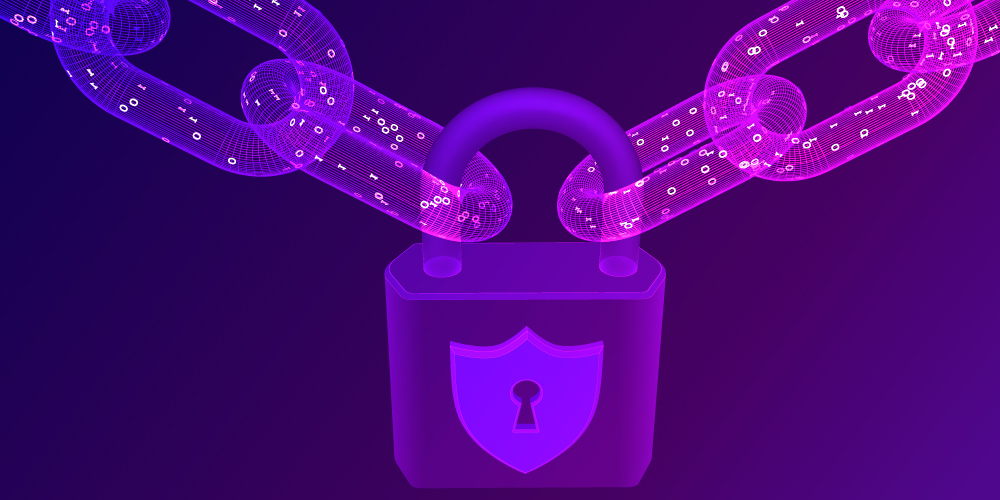In addition to “digital money”, the use of cryptocurrency is spread in hundreds of areas related to” assets ” of any kind. From property, to company shares, or unique pieces of digital art. Understanding this concept is vital to owning a cryptocurrency.
Digital Assets have Limitless Potential
“Digital assets” is a general term covering cryptocurrencies, stablecoins (commodity – backed currencies), and tokens, which represent a wide range of commodities and non-monetary assets.
Alternative crypto assets can be items in online video games (known as virtual assets), and digital collectibles, which often have monetary value in the real world and can be sold on cryptocurrency exchange platforms and peer-to-peer (P2P) trading platforms.
The most famous example of digital collectibles is CryptoKitties, a blockchain-based game that allows users to” breed ” their own cats. Surprisingly, one CryptoKitty was sold for about $170,000 in 2018.
How can virtual assets, such as digital art, be valued in the tens of thousands of dollars, and how will virtual assets be used in the future? Let’s look at these questions together.
How Blockchain Helps Securitize Assets
One of the biggest advances in distributed ledger technology is asset securitization.
The Bitcoin blockchain was the first to securitize a virtual currency. Today, blockchain also helps securitize other commodities, including real estate, bonds, loans, and digital art.
Essentially, this means that these assets can be represented in the chain, resulting in higher security, transparency, and settlement speed compared to legacy systems.
This step is achieved by distributing data and executing transactions on multiple computers (known as nodes) that participate in the network. Blockchain uses sophisticated cryptography to securely store, transmit, and process such information, especially related to asset ownership.
Smart contracts for asset tokenization

Smart contracts, also known as self-executing contracts, are code that automates manual processes.
Smart contracts encoded and recorded in distributed registries lead to a programmatic result if certain agreed conditions are met. In doing so, they eliminate the need for a central authority and the vast amount of written text required to draw up traditional paper contracts.
Some smart contracts allow you to make transactions with tokens that provide capital in some form, or the right to claim the company’s assets. The rights and legal obligations of the share holder are embedded directly in the token, along with a tamper-proof record of ownership.
This technology provides greater transparency, allowing parties to know who they are dealing with, the rules governing the transfer, and learn more about the token’s history. The benefits flow to the token issuing organization as well: by tokenizing capital, startups can significantly increase liquidity for their investors.
Crypto assets, which are equity stakes, are becoming more and more common, especially as institutional and retail organizations begin to understand blockchain technology and realize its benefits.
Capital tokens may include:
- Stocks
- Option contracts
- Tokenized property
- Futures
Growth of tokenized real estate
Tokenized real estate has attracted considerable interest in recent years. Real estate equity tokens represent shared ownership of physical property. Thus, tokens can represent a square meter of living space, or a percentage of the market value of the property.
There are many examples of tokenized property projects. In 2019, French asset manager Mata Capital partnered with the Ethereum-based Codefi Assets platform to tokenize more than $350 million worth of real estate. In the US, fintech startup Reino has launched an investment platform covering a $237 million real estate portfolio. Interestingly, the platform also allows users to take out instant loans of up to $50 million backed by tokenized real estate.
Some real estate tokens, such as those at the heart of a partnership between Dubai-based venture capital firm ASA and blockchain investment firm IBC Group Ltd, even pay holders dividends on vacation rental income.
The fractionation of real estate using blockchain technology, which registers ownership and tracks transactions, offers an intriguing option for using digital assets in addition to cryptocurrency as money. It is likely that we will see more interest and investment in this area in the coming years.
What are Non-interchangeable Tokens (NFT)?

A non-exchangeable token is a type of cryptographic token that uses smart contracts to represent a completely unique asset. While cryptocurrencies like Bitcoin are interchangeable, just like dollar bills, NFTs contain different identifying information – no two are the same. NFTs are also indivisible, meaning they have no constituent parts that can be used as a currency.
Currently, decentralized applications (dApps) represent the main use case for non-interchangeable tokens. dApps and decentralized games essentially allow you to create and own digital items and collectibles, such as the expensive kittens we mentioned earlier. NFT can be used and sold in the game, as well as make transactions in the secondary market.
Interestingly, some NFTs represent ownership, albeit in a digital sense. One popular decentralized app, Decentraland, has tokenized tracts of land, meaning that gamers can buy NFTs, which represent tracts in an online world based on Ethereum. Players can even “build” on their plots and create revenue-generating businesses with all kinds of digital goods for sale. At the time of writing, Decentraland’s volume was over $37 million, with weekly trading volume exceeding $60 million. More than 110,000 transactions were made.
Axie Infinity is another popular application whose game resources exist in the form of tokens known as Axies. Axi – ” ferocious creatures that love to fight, build, and hunt for treasure.” The goal of the game is to collect a battle collection and use it to wage war with other players. There is also a financial incentive to play well, as effort and skill can make a profit on the initial “bet” (you must buy three Axies to participate).
The Enjin project allows customers to create blockchain assets, such as NFT, without coding and integrate them with tools they are already familiar with. Today, the project’s own token – Enjin Coin (ENJ) – supports more than a billion digital assets. Enjin not only helps its customers create blockchain-based games and monetize their virtual worlds, but also owns a marketplace where users can open, buy, and sell NFTs.
Ethereum is the current preferred blockchain for dApps, although competing platforms such as TRON, EOS, and Klaytn also have a number of dApps that use NFT.
NTC in the art world
Games are not the only arena for NFT. Digital art also provided a notable example of the use of non-interchangeable tokens: some works are sold at auctions for more than $100,000. Even major auction houses, such as Christie’s, are involved in the sale of digital art.
But what does it mean to buy “digital art”? And where is the role of NFT?
As we have already figured out, NFTs are blockchain-based tokens that grant ownership rights and are completely unique. In the case of works of art, NFTs provide utility by transferring ownership of the work in question to the collector.
The tokenization of digital works of art also ensures that the original can be traced and verified.: screenshots can never be taken for an authentic article. According to the data tracking site nonfungible.com, to date, there have been more than 650 digital art sales in excess of $400,000.
The most popular place to create and sell rare digital art is SuperRare, a smart contract platform built on Ethereum. SuperRare, which is called “Instagram Meets Christie’s,” specializes in one-off digital artwork from authors from around the world.
Further use of NFT: licensing, naming services, sports

The potential for using NFT is almost limitless, and many projects have emerged to monetize various assets using this technology.
Terra Virtua is a digital collectible platform that allows users to collect various virtual goods, including three-dimensional “characters” from popular TV shows and movies. In this way, they link together the worlds of collectible NFT and merchandising. For example, in 2020, the platform created several non-interchangeable tokens based on officially licensed content from the Godfather film trilogy.
Due to their unique characteristics and limitless nature, NFTs can become a potential revenue-generating vehicle for the licensing industry. For example, instead of buying a paper poster, a fan can buy an immersive 3D poster represented by a token stored in their digital wallet. These are areas that the film, music, and sports industries are likely to explore.
The Socios platform is already helping some of the world’s largest soccer clubs create fan tokens that give owners access to rewards, merchandise, and exclusive experiences. In the US, both MLB and the NBA have released similar NFTs in the form of digital avatars of players.
Meanwhile, the Ethereum Name Service (ENS) is an extensible naming system whose goals are the same as those of DNS, the Internet domain name service. ENS allows users to gain ownership of domains such as .eth. Since the ENS .eth registrar is a contract with non-interchangeable tokens, registrations for such domains can be transferred in the same way as other NFTs.
Digital assets have limitless potential, and we are at the beginning of the birth of a new world – the digital world.


